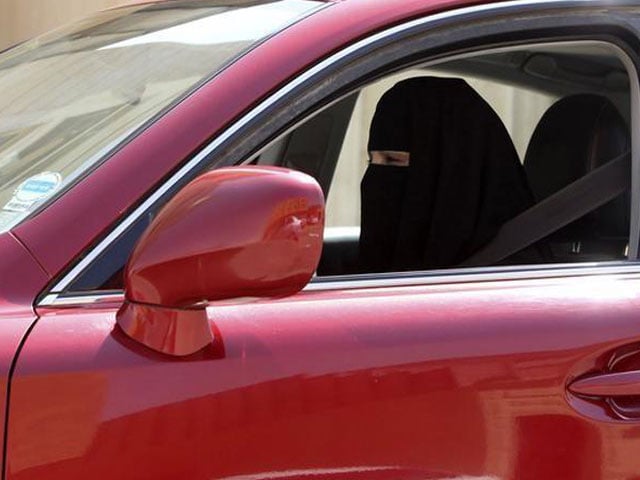
On the night the surprise state news announcement that women would be allowed to drive pinged on millions of smartphones across the kingdom, I was seated in the women's section of a banquet hall covering a company news event, having lost a minor battle with the event organizer to join the men.
After women allowed to drive, cinemas ‘returning’ to Saudi Arabia
The women’s section is usually a frustrating place for me as a reporter because the powerbrokers I need to interview are inevitably men on the other side of the partition.
That night, it was precisely where I wanted to be.
I immediately interviewed two sisters seated near me. They vehemently disagreed about male guardianship and the religious police (one taking a more liberal view, the other more conservative), but both were thrilled by the driving decision.
Driving is hardly the only restriction women in Saudi Arabia face, but it is a big one. Whereas most of the world’s cities are dense, Saudi cities are vast and low-lying with many highways, few high-rises and even fewer sidewalks.
Riyadh, where I live, is 1,800 square kilometers (694 square miles); more than double the area of the five boroughs of New York City. Getting around requires a car.
Prior to the arrival of Uber and Careem, women’s mobility was extremely restricted, not only by the law, but also by the absence of public transportation in Saudi Arabia. Until recently, most women depended on a family member or a driver sponsored by the family to go anywhere. These ride-sharing apps have given women some independence.
Women in Saudi Arabia to be allowed to drive from age 18
At the event that night, on the female side of the partition, women smiled and shared congratulations, glued to their phones as they WhatsApped their disbelief to family and friends. Putting women in the driver's seat will open even more opportunities. In my case, it will enable me to reach communities outside the major cities or race to cover a breaking story without needing to rely on a male colleague for a ride.

















COMMENTS
Comments are moderated and generally will be posted if they are on-topic and not abusive.
For more information, please see our Comments FAQ